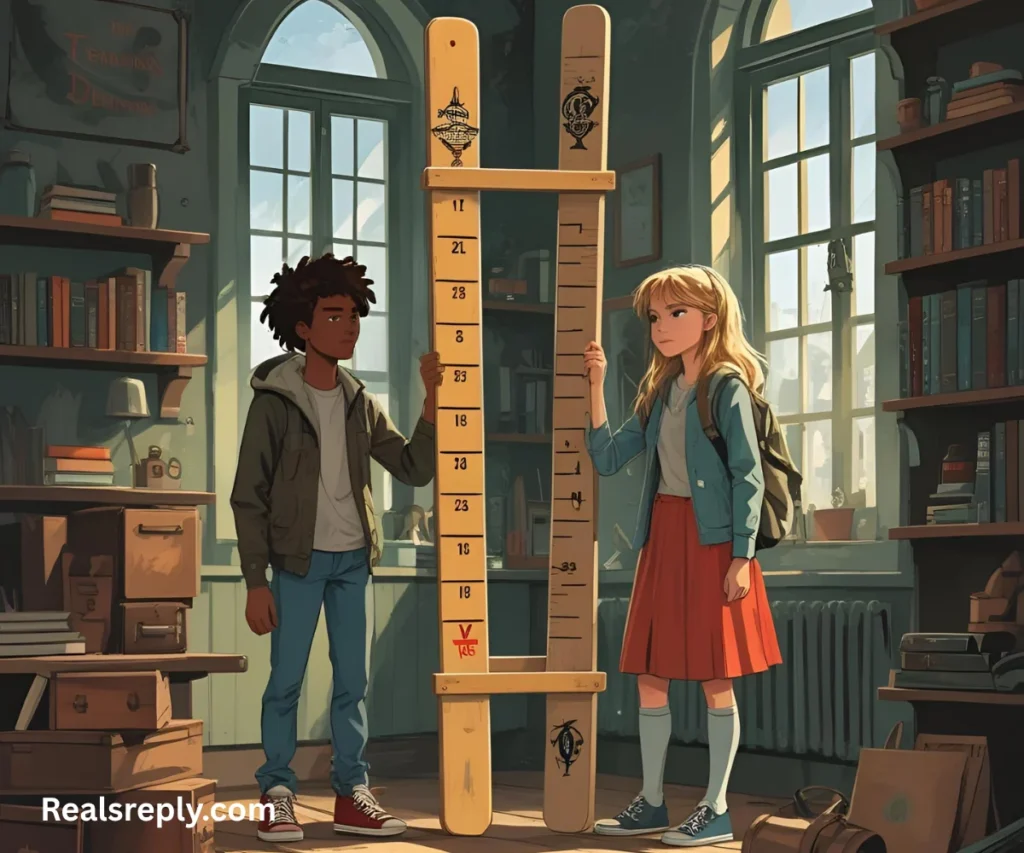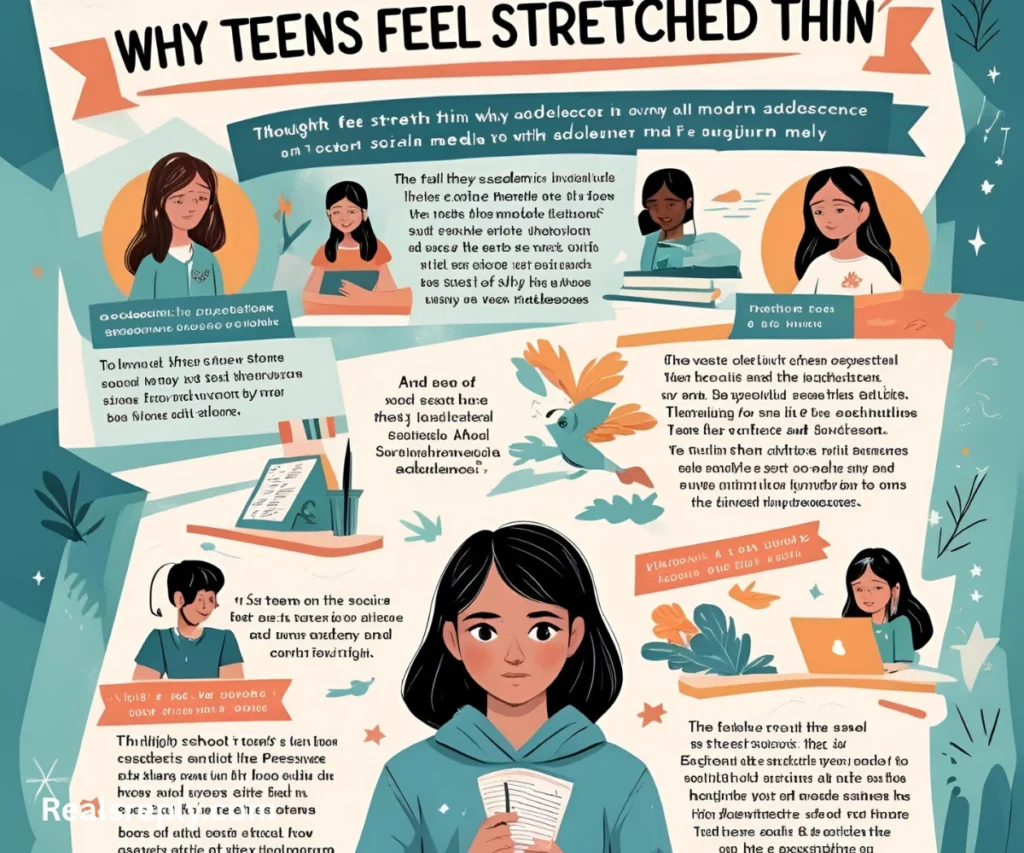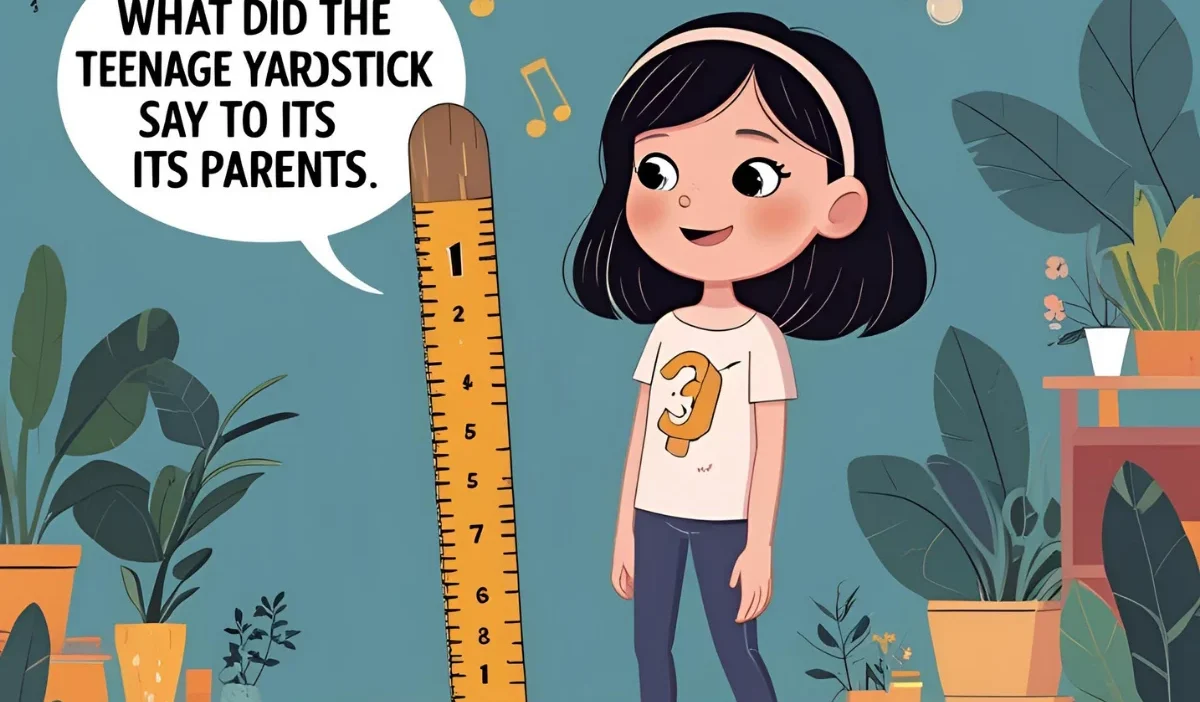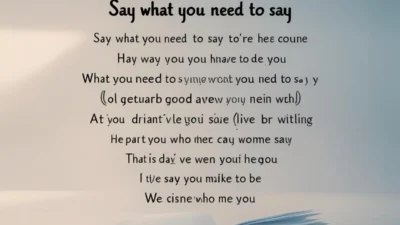Growing up is tough, even for a yardstick! Imagine a teenage yardstick, full of big dreams, measuring the world one inch at a time, but still feeling stuck under its parents’ rule.
What did the teenage yardstick say to its parents? “I’m ready to stretch out on my own!” This quirky phrase captures the universal struggle of teens craving independence while balancing family expectations.
Whether you’re a parent, a teen, or just curious about this playful metaphor, this blog post dives into the deeper meaning behind the yardstick’s bold statement.
We’ll explore how it reflects real-life challenges, communication tips, and ways to bridge the gap between generations.
Get ready to measure up some heartfelt insights and practical advice that resonate with anyone navigating the journey from childhood to adulthood. Let’s dive in!
Understanding the Teenage Yardstick’s Rebellion

The phrase “what did the teenage yardstick say to its parents” symbolizes a teen’s desire for freedom. Just like a yardstick that wants to measure beyond its parents’ reach, teens often push back to prove they’re capable.
This rebellion is normal—it’s how they grow! For example, 16-year-old Mia might say, “I can handle my own schedule!” when her parents set strict curfews.
Instead of arguing, parents could respond, “Let’s talk about how you can earn more trust.” Avoid saying, “You’re too young to decide!”—it shuts down communication.
A real-life scenario? Mia negotiates a later curfew by proving she’s responsible with homework. This approach builds trust and respects her need to “stretch.”
Why Teens Feel “Stretched Thin”

Teens, like our yardstick, often feel stretched thin by school, friends, and family rules. The teenage yardstick’s plea reflects this overwhelm. Take Jake, a 15-year-old juggling sports and grades.
He might snap, “I need space!” to his parents. This isn’t disrespect—it’s a cry for balance. Parents can say, “Let’s make a plan to manage your time.” Avoid, “Just deal with it!”—it dismisses their stress.
In Jake’s case, his parents helped him create a schedule, easing the pressure. Recognizing when teens feel overloaded helps them feel heard and supported.
Communicating Like a Growing Yardstick
The yardstick’s bold statement teaches us about open communication. Teens want to be understood, not controlled. For instance, Sarah, 17, might say, “I’m not a kid anymore!” when her parents question her choices. A good response? “
Tell me what you’re thinking—let’s figure it out together.” Don’t say, “You’ll do what I say!”—it builds walls. In a real scenario, Sarah’s parents listened to her college plans, guiding her without dictating.
Like a yardstick measuring new lengths, teens need room to express themselves. Encourage honest talks to strengthen your bond.
Giving the Yardstick Room to Grow
The teenage yardstick’s cry for independence highlights the need for room to grow. Teens want to test their limits, like 14-year-old Liam wanting to choose his own hobbies.
He might say, “I want to try skateboarding, not piano!” Parents could respond, “Let’s explore skateboarding together.” Avoid, “Piano is better for your future!”—it ignores his interests.
In Liam’s case, his parents let him try skateboarding, which boosted his confidence. Giving teens space to explore (with guidance) helps them develop decision-making skills while feeling supported.
Balancing Guidance and Freedom
The yardstick’s story reminds us to balance guidance and freedom. Teens need both structure and independence to thrive. For example, 16-year-old Emma might argue, “I can pick my own friends!”
A supportive response? “I trust you, but let’s talk about what makes a good friend.” Don’t say, “Those friends are trouble!”—it can push her away. In Emma’s case, her parents shared stories about friendships, helping her choose wisely.
Like a yardstick used for both measuring and drawing lines, parents can guide teens while letting them explore.
When the Yardstick Measures Its Own Path
Sometimes, the teenage yardstick wants to measure its own path. This means teens start making big decisions, like 18-year-old Noah planning his gap year.
He might say, “I want to travel, not go straight to college!” Parents could say, “Let’s research safe travel options together.”
Avoid, “That’s a waste of time!”—it dismisses his dreams. Noah’s parents helped him plan a volunteer trip, blending independence with safety. Allowing teens to take the lead (with support) builds confidence and prepares them for adulthood.
Conclusion
The question “what did the teenage yardstick say to its parents?” is more than a fun phrase—it’s a window into the teenage heart.
It reflects their push for independence, their need for understanding, and their desire to measure their own worth.
By listening, balancing guidance with freedom, and encouraging open communication, parents can help their teens stretch toward their potential.
Whether you’re a teen feeling “stretched thin” or a parent navigating rebellion, this metaphor reminds us that growth happens one inch at a time. Embrace the journey, keep talking, and watch your teenage yardstick soar!




